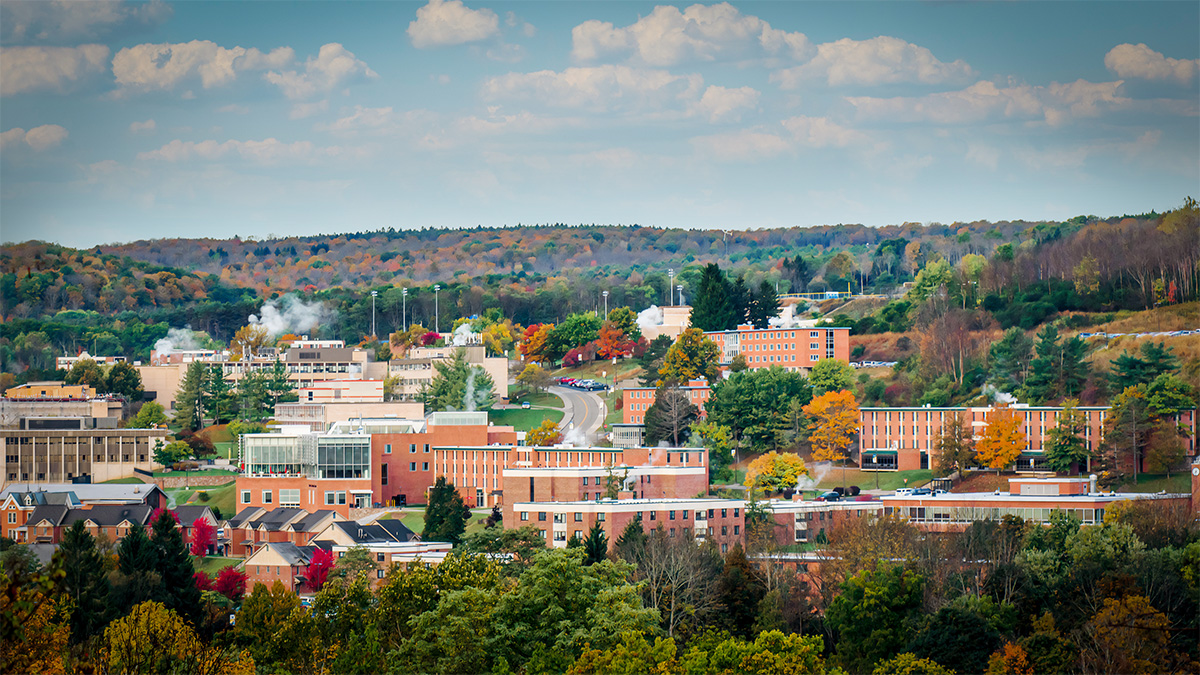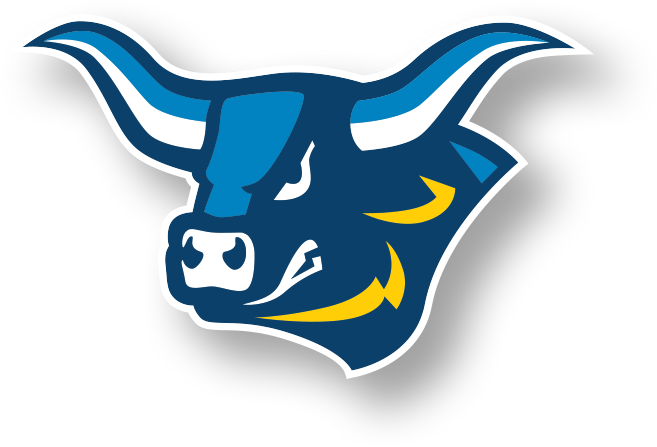
At a glance
Alfred State College (ASC) recently
hosted the fall 2007 Conference of The New
York State Engineering Technology Association (NYSETA), a professional
organization representing the faculty and institutions in New York State
who teach engineering technology and technology

Alfred State College (ASC) recently
hosted the fall 2007 Conference of The New
York State Engineering Technology Association (NYSETA), a professional
organization representing the faculty and institutions in New York State
who teach engineering technology and technology. It also provides information
on careers in technology, school information, and links to educational
information for technology.
Included among the events was a
plenary session with keynote speaker Keith
Gleasman, president, Torvec, Inc., Rochester. His presentation covered the process of
design, development, testing, research, and marketing of various
automotive-related products and technologies patented by the Gleasman family
and Torvec, Inc., which has a long history of association with Alfred State
and is a prime example of education-industry alliance.
Other presenters included Steven
Ciccarelli, assistant professor and program chair, Electrical
Engineering Technology Department of Electrical, Computer, and
Telecommunications Engineering Technology (ECTET), Rochester Institute of
Technology. The ECTET Department has made a fundamental change
in the way it teaches engineering concepts to first-year students. It is
believed that students often fail to see the connection between the often
abstract concepts introduced in the circuit theory courses and the rest of
their program of interest or even the jobs available in the field. The
department has added activities and excitement to its programs with more
stimulating, hands-on projects, including the TekBot®, a small autonomous
robot, platform developed by Oregon
State University.
Rocio Alba-Flores, assistant professor, Electrical Engineering
Technology Department, ASC, discussed the benefits of autonomous mobile robot
competitions as an effective tool for engineering technology education. She
also discussed how the embedded controller applications course was organized to
include activities that directed the students to design, build, and program
autonomous mobile robots.
David J. Hunt, associate professor, Electrical Engineering
Technology Department, ASC, discussed the new
undergraduate microelectronics laboratory facility at Alfred State. Through a recent NYSTAR (Science, Technology,
and Academic Research) grant opportunity, ASC started its own undergraduate
microelectronics laboratory facility at a fraction of the cost of comparable
industrial equipment. This laboratory is
equipped with Modu-Lab semiconductor device manufacturing equipment, which
gives students realistic exposure to the semiconductor planer process. Oxidation, diffusion, photolithography, etch,
and vapor deposition stations allow the students the opportunity to design,
fabricate, and test their own simple diffused resistors and PMOS devices while
gaining experience in microelectronic fabrication techniques.
William Dean, associate professor and chair, Computer Imaging and
Architectural Engineering Technology Department, ASC, demonstrated the
evolution of community-based research in an architectural technology program
from a series of unrelated projects to a coordinated effort that is focused on
addressing specific environmental needs in the NYS Southern Tier. The presentation offered an overview of
projects undertaken, challenges encountered, and lessons learned in this unique
integration of applied research and technology in an undergraduate
architectural curriculum.
Jay N. Smith, Alpha Geoscience, spoke on "The Collapse of the
104-Year-Old Retsof Salt Mine and the Impact on the Area." At the time of the
collapse, Smith was general manager of the local Culligan franchise and was
asked to evaluate the water problems caused by the collapse. Smith
discussed the mine collapse and the resulting effect on the area, especially
the impact on the water supply. He also
discussed the steps taken with government to cover the immediate and future
impacts of the collapse in the form of MOUs, and the work that was done
to correct the problem created by the collapse, as well as the testing program that monitors for future problems.
In a second session, Smith, also
spoke on "The Results of Monitoring a Retsof Mine Collapse and the Remedy for
the ‘Mine Squeeze,'" covering the results of the monitoring program, the
reporting to the different agencies, the plan for brine treatment, and the
construction of crystallizer plant at the collapse site. In 2004, Smith
left Culligan to work full time on the design and operation of the desalinization plant for the
Akzo Brine Mitigation Project.
Dr. Anselm Tshibangu, assistant professor, Mechanical Engineering
Department, ASC, summarized the creation of the baccalaureate program in
manufacturing technology (BTech) at Alfred
State, provided an
overview of its road map and networking process with external partners to its
current standing, and analyzed and explored its future.
David Bernreuther, senior operations research/systems analyst, US
Army Research, Development, and Engineering Command, Aberdeen Proving Grounds, MD, examined
the strategic importance of energy to the United States - the importance it
plays in national security and its economic impact. The viability of
various alternative energies was critically examined. The presentation
offered an overview of energy sources and examined the challenges inherent
in replacing imported oil with alternative sources.
Luke May, field operations and energy diversity manager, NE Region
General Motors Corp., covered the broad spectrum of GM vehicles technologies
including conventional, electric, hybrid, hydrogen fuel cell, bio-fuels and flex
fuels vehicles technologies.
Bill Childs, spoke on "Hot Air Balloons, How They Work, Common
Misconceptions, and How a Balloon Is Made and Why."
Additionally, attendees were able
to participate in "break out" sessions particular to their discipline, including
electrical engineering technology, architectural, civil, construction,
engineering tech, and mechanical engineering technology.
Participants also toured the newly
refurbished labs in the Engineering
Technology Building,
as well as Dresser-Rand in Wellsville which covered the design, development,
manufacturing and testing of steam turbines; and L.C. Whitford in Wellsville
which highlighted the company's pre-stressed concrete beams and girders for
bridge and building construction.
Displays and information on the
latest technology, equipment, and published goods were available for attendees
to peruse.
The group concluded its conference
with independent research of spherical objects undergoing impact and
aerodynamic loading (a round of golf for non-engineering types).
